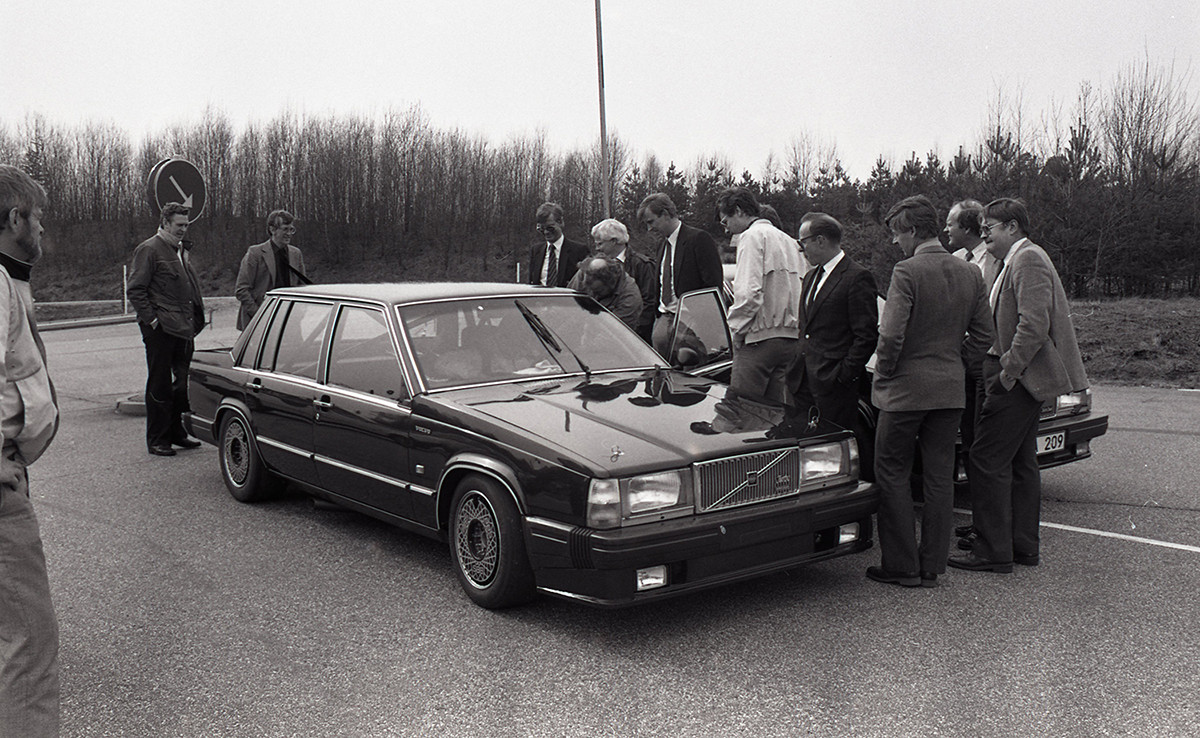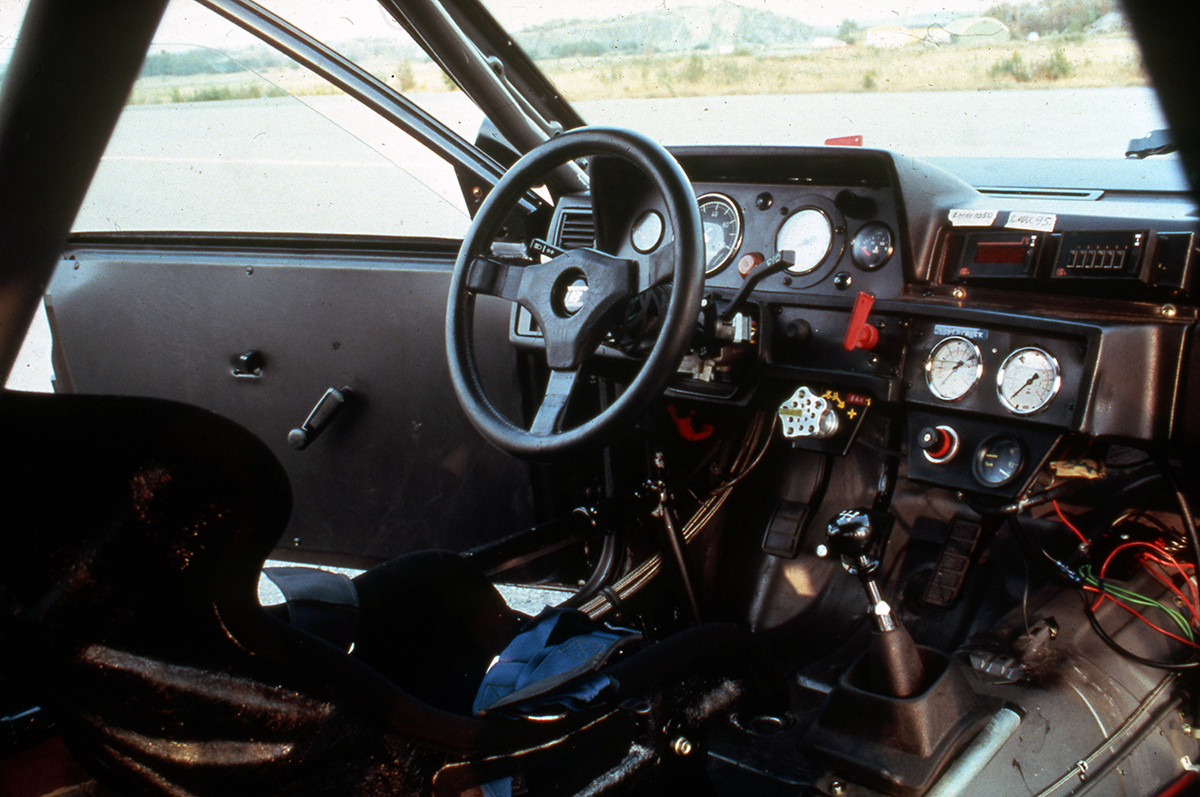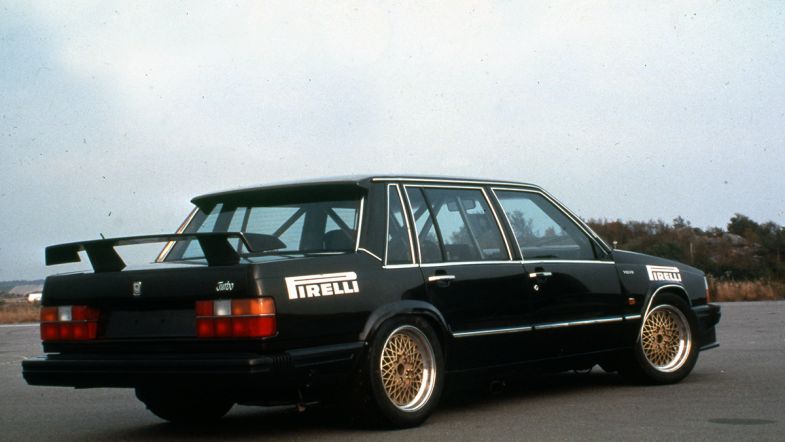The secret Volvo 760 Turbo Group A race car that was beaten by its older brother
Most people associate Volvo’s racing success of the eighties with the iconic Volvo 240 Turbo, but Volvo originally planned to use the newer 760 Turbo model for its racing activities, going as far as building and testing a prototype in 1983.
However, the car never went beyond the testing stage, despite being the flagship model for the Swedish manufacturer.
The Volvo 240 Turbo had made its Group A racing debut in 1982 in the form of a modified Turbo Cup (a Swedish one-make series run by Volvo) car built by privateer teams, with Volvo evaluating an official programme during 1983.
While the first 240 race cars were hitting the tracks, a dark grey Volvo 760 Turbo Group A evaluation project was running alongside.
The 760 was bigger and heavier compared to the 240, had worse weight distribution and was only available in a four-door configuration compared to the more rigid two-door 242 chassis. However, the 240 model was seven years old at that point, and the 760 – launched in 1982 – was the obvious choice for Volvo to promote.
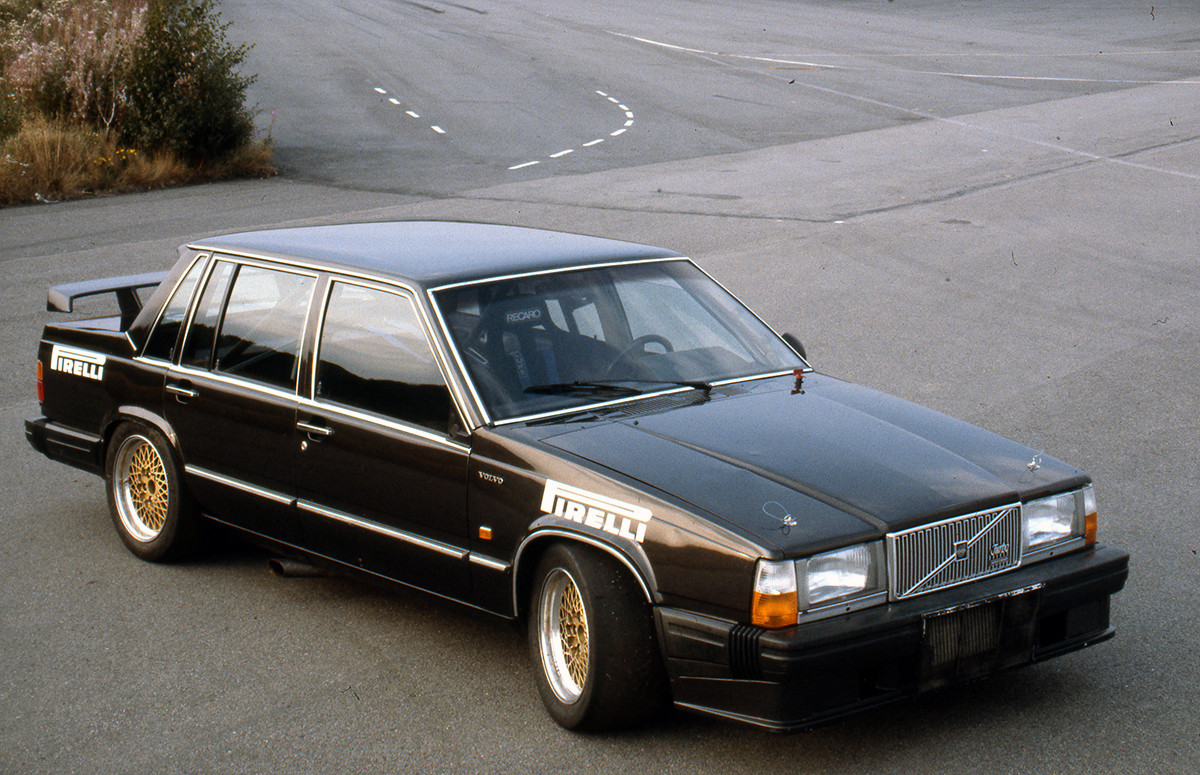
There were some advantages with the 760 in the form of it having a wider track width and it could run wider tyres.
The road car engine (B23) also featured an electronic injection system that Volvo tested on the race car prototype. The system could not be used in the 240 as its road car engine (B21) did not feature it, something which was required by the Group A regulations.
The Volvo 760 Group A prototype saw daylight for the first time during the spring of 1983, built by Volvo’s own R-Sport outfit. The car was displayed for the Volvo management and press, featured in dark grey colours and gold BBS wheels.
The road car version of the 760 Turbo had 173hp while the race car prototype had around 300hp from the 2.3 litre four-cylinder engine, connected to a five-speed Getrag gearbox.
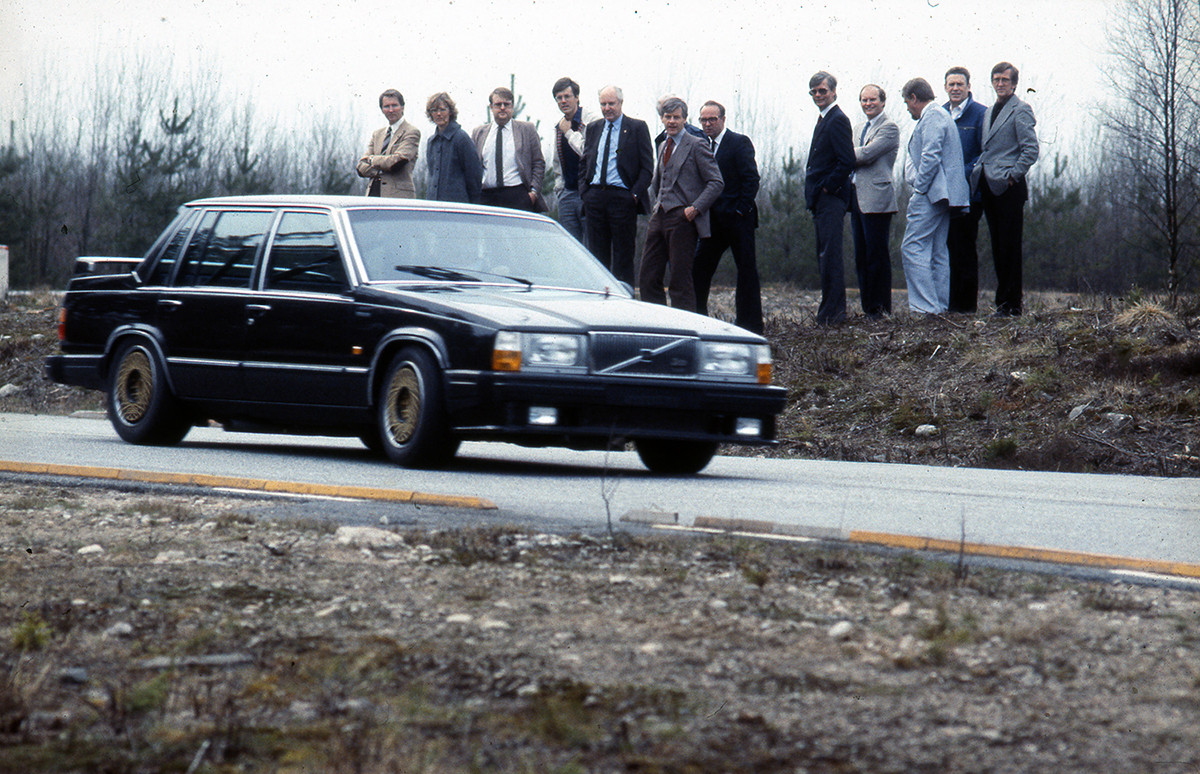
It featured a new front spoiler, a roof (!) and trunk spoiler, exterior modifications that would have had to made its way to an “evolution” road car version to be produced in 500 examples, as per the Group A regulations.
Development drivers included Swedish single-seater and sports car ace Eje Elgh, as well as Ulf Granberg, Robert L. Kvist and Börje Thor.
The first comparison tests with the 240 showed potential for the 760, which was lapping the Belgian Zolder circuit over a second faster. It should be noted that the 240 prototype had undergone less development compared to the 760 at that time.
However, as development continued, it was soon clear that the 760 simply could not outperform the older but smaller and lighter 240.
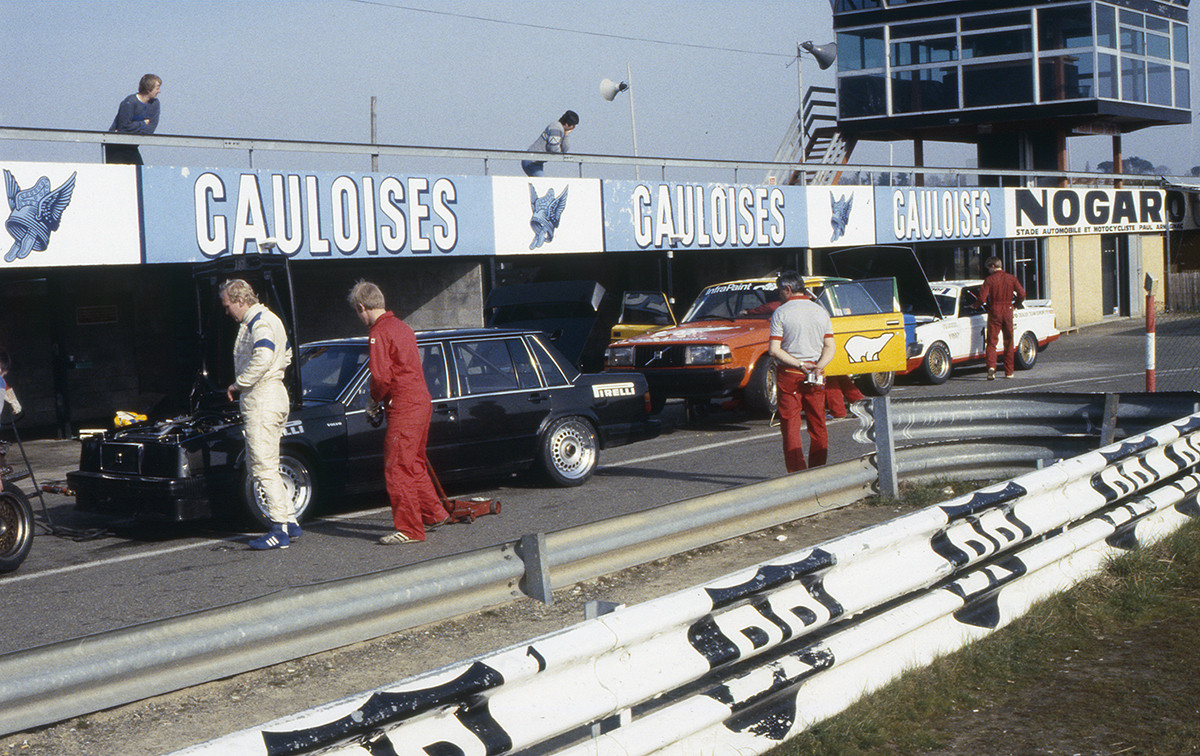
It all culminated in a second comparison test held at the French circuit Nogaro the following year.
The cars took to the track together for a simulated race run which resulted in the 240 robustly outperforming the 760. The test was reported to have been aborted when the 240 came close to lapping the 760.
That meant the 760 was mothballed and all efforts from Volvo went on the 240, a programme resulting in the Swedish manufacturer’s first major international racing success with the 1985 European Touring Car Championship title.
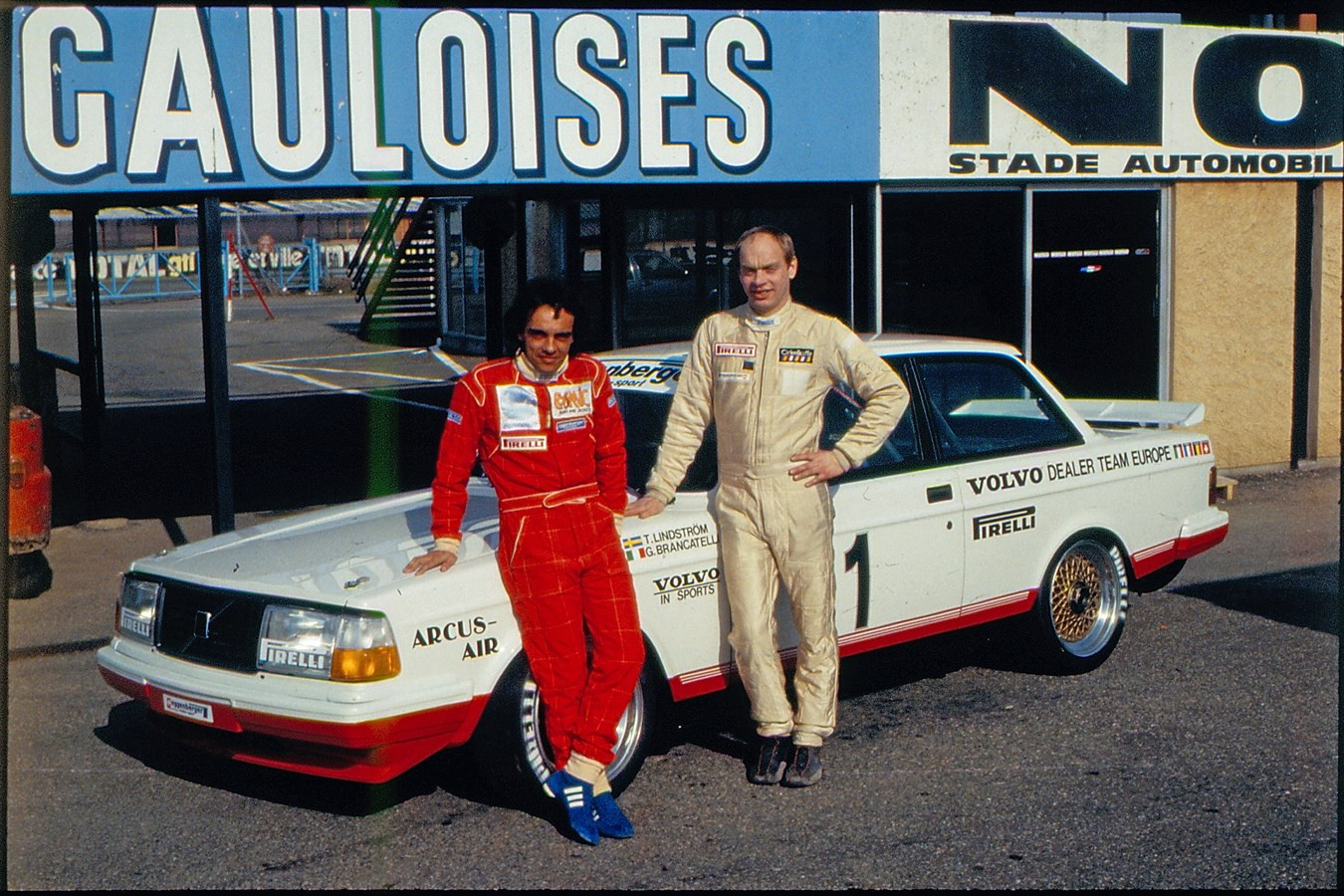
There were some efforts made a couple of years later for the 760 to replace the 240 in order to meet the tougher opposition in the last stages of the Group A era from new models such as the Ford Sierra Cosworth RS500.
But Volvo pulled the plug on its motorsport programme at the end of 1986, meaning there was absolutely no chance of the 760 ever hitting the track in anger.
The Swedish manufacturer would not return officially to motorsport until the BTCC programme with the 850 model in 1994.
The dark grey prototype was scheduled for destruction but somehow escaped the scrapyard and was instead used for exhibition and PR activities well into the nineties by Volvo.
Today it resides in the Volvo Museum in Gothenburg as an interesting piece of Volvo’s turbulent motorsport history.
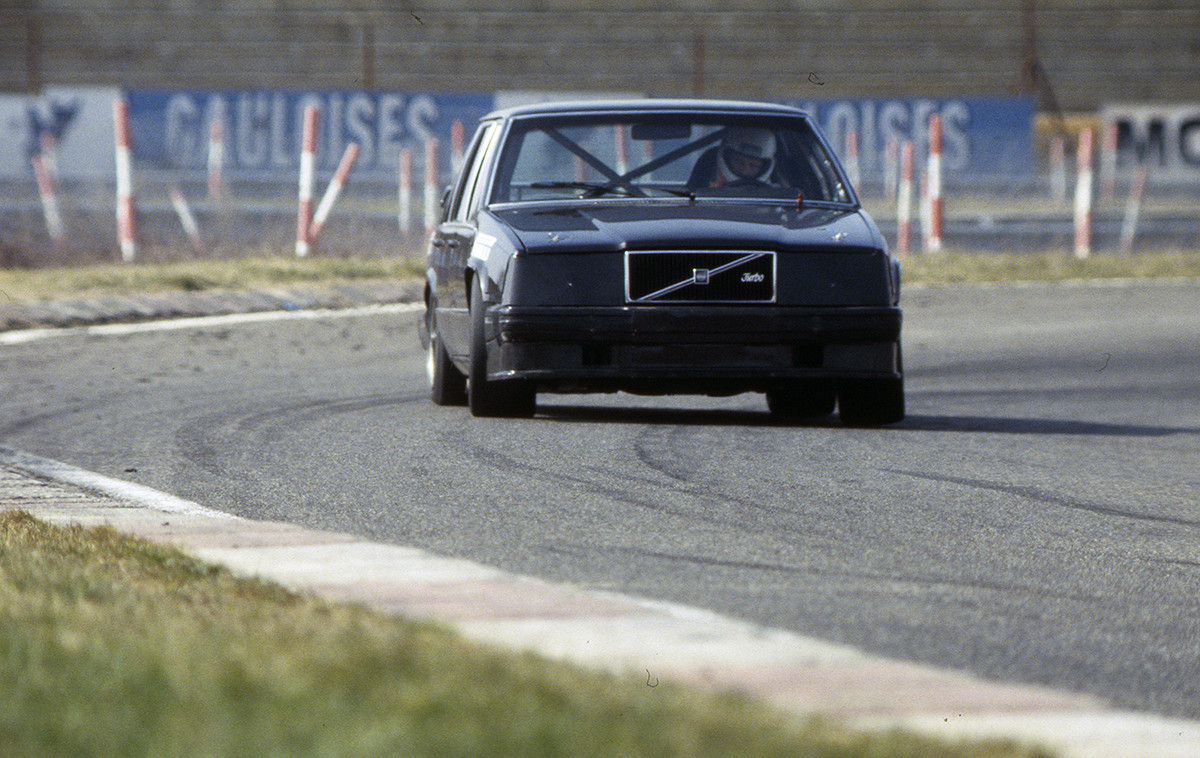
Big thanks to Björn Ohlsson for input to the article, make sure to visit his site 240grupp-a.se and follow his Instagram account.
